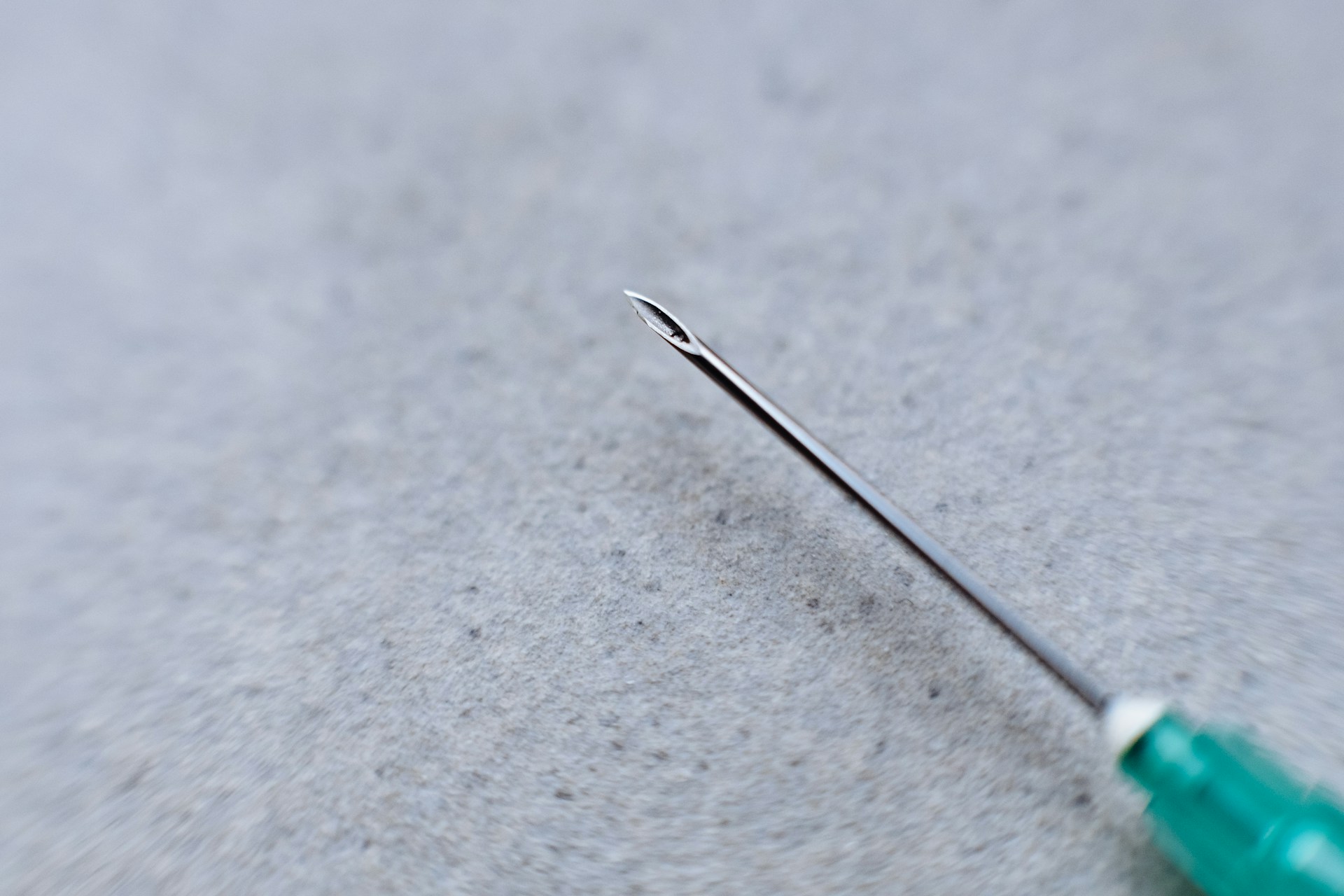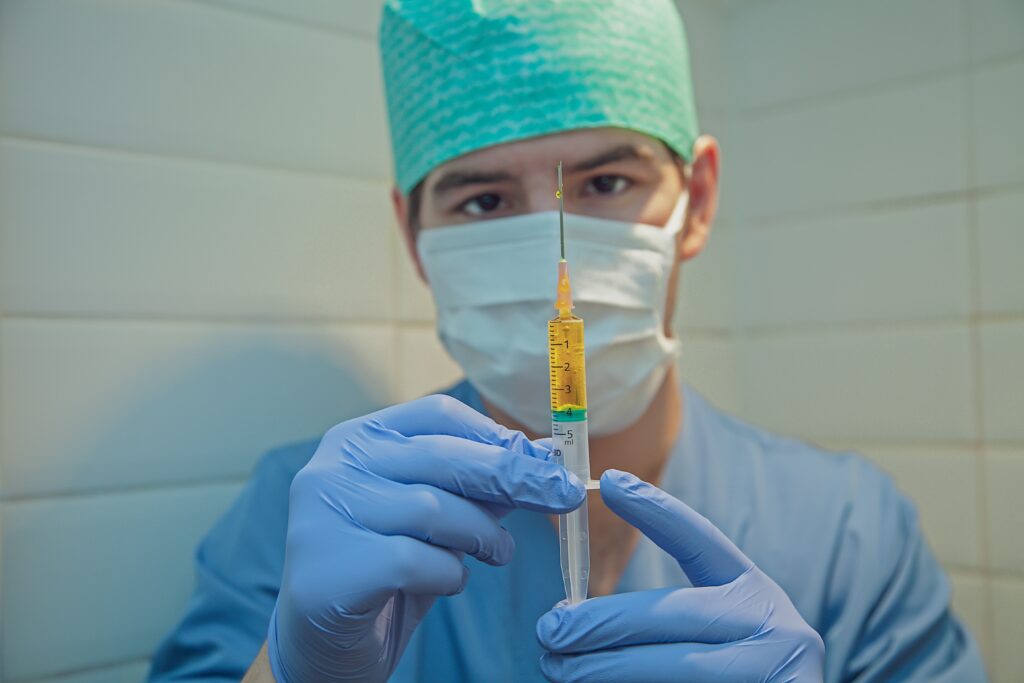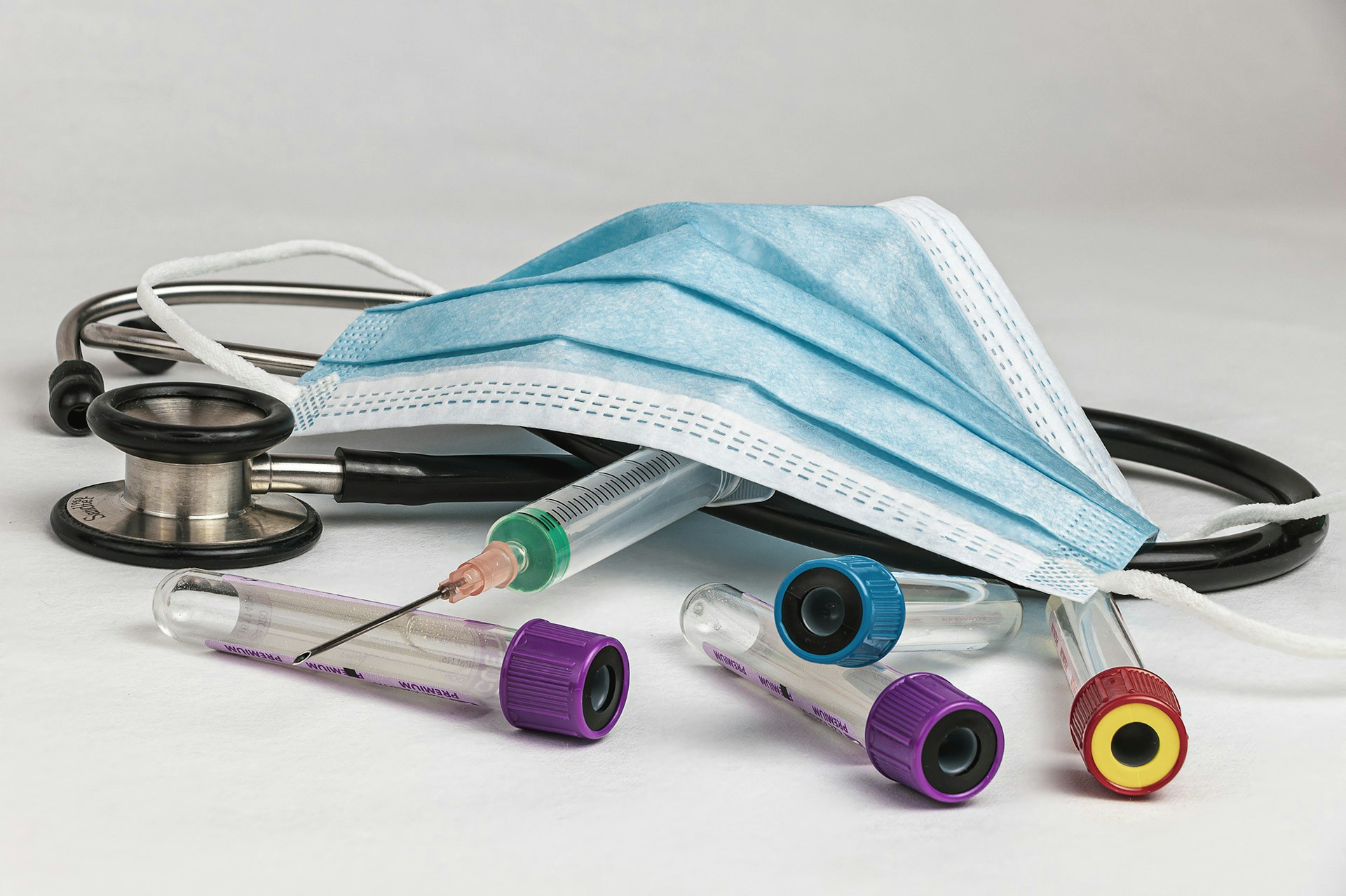
The Rise of GLP-1 Drugs and the Challenges of Proper Disposal
Key Takeaways Concerns Regarding GLP-1 Needle Disposal GLP-1 medications are a variety of drugs

Where do things stand in 2020 with regard to needlestick injuries and sharps safety? Unfortunately, these injuries remain a serious problem in today’s health care environment.
Mary J. Ogg, MSN, RN, CNOR, senior perioperative practice specialist with the Association of periOperative Registered Nurses, says that sharps injuries decreased initially after passage of the Needlestick Safety and Prevention Act due to the introduction of sharps injury prevention devices.
“But recent epidemiological data suggests that injuries from sharps injury prevention devices are on the rise,” she says, noting that injuries occur prior to activation of the safety feature. Emergency physician Michael Sinnott, MBBS, FACEM, FRACP, who is also the co-founder of medical device manufacturer Qlicksmart, cites research indicating that there are 32 sharps-related injuries for every 100,000 suture needles purchased, 12.6 sharps-related injuries for every 100,000 scalpel blades purchased and 2.65 sharps-related injuries for every 100,000 needles purchased.
During his keynote presentation at the World Health Organization’s First Global Patient Safety Day in 2019, Sinnott outlined a five-step safety program for preventing sharps injuries: awareness, regulatory support, safety equipment, administrative actions and management support.
When sharp objects can’t be eliminated, safety-engineered devices such as blunt sutures needles, safety scalpels, safety syringes and needles can help eliminate sharps injuries.

Key Takeaways Concerns Regarding GLP-1 Needle Disposal GLP-1 medications are a variety of drugs

Better Sharps Waste Management Medical innovations in sharps disposal are ongoing. And Post Medical

Whether you’re part of a hospital, pharmacy, independent in-home care business, veterinary clinic, or